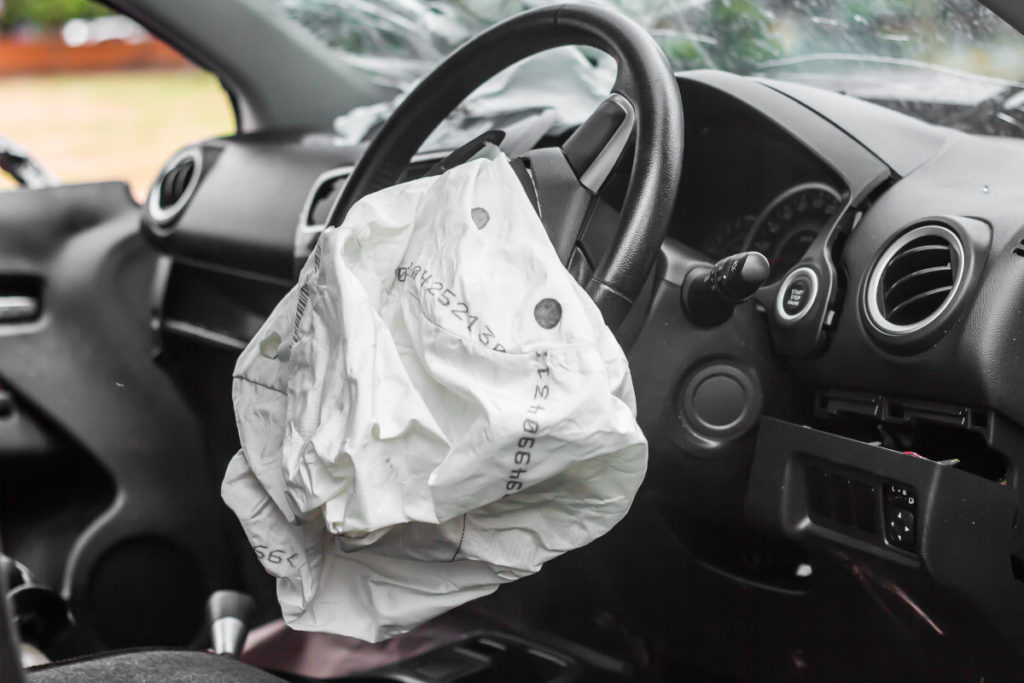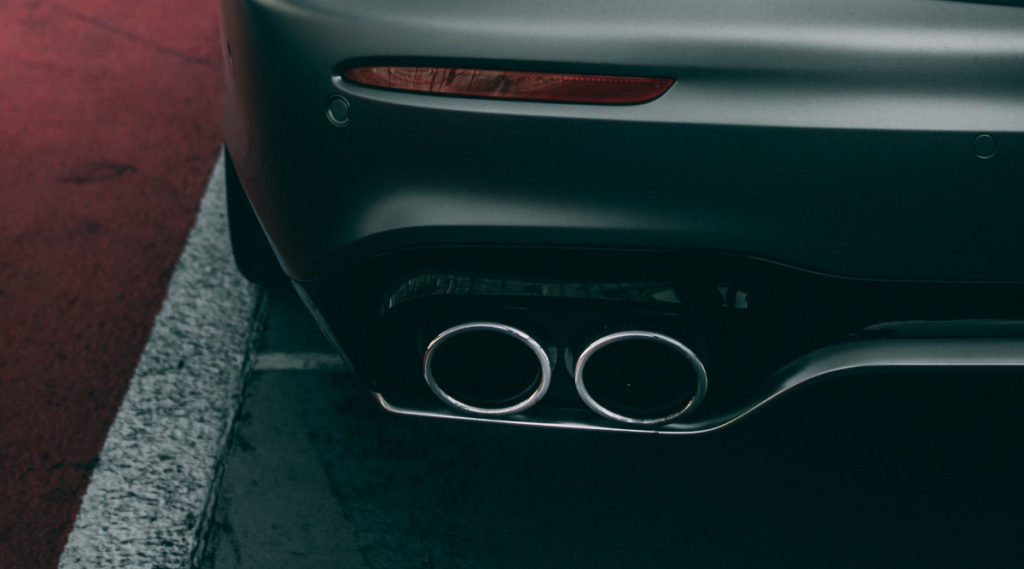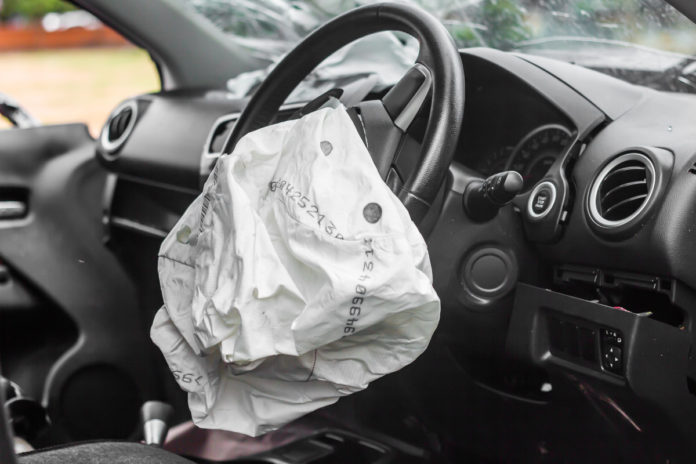The regulations around a car’s eligibility for import to the US can be somewhat confusing – not least because different rules apply in different circumstances.
If you’re importing a modern car, it has to match up to US safety and emissions standards, which not all overseas-built vehicles will. Some marques/models are never acceptable for import, while for others it’s only a particular production year that makes (or fails to make) the grade.
Just to confuse matters: even if a particular make, model and year is not deemed eligible for import, you might still be able to take one into the US if you employ the services of a Registered Importer. This is a company that’s been authorised by the National Highway Traffic Safety Administration (NHTSA) to carry out a predetermined set of modifications, in order to make the vehicle road-legal in the US.
You can read more about registered importers in relation to the US 25-year import rule, here.
Some exceptions can be made for cars that aren’t intended for regular on-road use. This is what’s known as the “show and display” rule, but it generally applies only to collectors who import high-end or rare vehicles.
Exceptions can also be made if the car is over 25 years old. In the case of such vintage vehicles, the rules and regulations are generally less restrictive, at least at a federal level, though you could still fall foul of state legislation (California, for example, has far stricter emissions laws than Florida).
As we said, it can be a bit confusing! Perhaps it would be useful, then, to look at some of the reasons why certain cars might be deemed ineligible for import. Broadly speaking, there are three…
1. The Car’s Just Too Darn Fast!


The speed limit on US freeways is 70mph at most, and lower in some states. Compare that to, say, German autobahns – rural stretches of which often have no speed limit at all – and you can see how conflict might arise.
Among cars to have been vetoed for import, simply because their top speed was considered excessive, are the 1992 Porsche Carrera 911 RS, the 1995 Audi Avant RS2 and the 1999 Nissan Skyline R34 GT-R – all of which have top speeds around the 160mph mark.
2. The Car Has Inadequate Safety Features


If the specification of your vehicle doesn’t match US standards, it’s not entering the US! A famous example is the Land Rover Defender, thanks to a lack of airbags. Other vehicles decreed to be lacking specific features such as ABS braking or traction control include the TVR Sagaris, Noble M-600 and the 2003 TVR Tuscan
With some other cars, the reason for the ban is a little more obvious. The 2002 Smart Crossblade, 2012 Lotus 340R and Lotus Elise Series 1, for instance, all fell foul of regulators because they were missing slightly more noticeable features – such as a roof, or windows.
3. The Car Fails US Emissions Tests


Fairly self-explanatory, this one. This category includes not just ‘dirty’ petrol-driven vehicles but also the many diesel cars that you’re not allowed to import, such as the VW Polo TDI Blue Motion.
So What Can I Do?
If there’s a specific car you want to ship to the USA but are currently not allowed to, then as mentioned above there are two options.
One is to use a Registered Importer who can carry out all the necessary modifications… this list from the NHTSA lists over 300 otherwise banned vehicles that can be imported using the services of an RI, so it’s definitely worth looking into!
The other option, of course, is simply to wait until the car in question is 25 years old when things get a lot easier. You can read up on the 25 year rule and how to ship a 25+ year old car here.
Shipping your car overseas and need advice or a ? Get in touch with the experts at Autoshippers today. Contact us here.










